Having taken two days to wander down Florida’s gulf coast and its southern reaches, I was not necessarily impressed by the care with which the state has protected its natural spaces. Just as the dwarves of Moria had delved too greedily into the pits of Khazad-dūm, Florida’s developers had built too close to the water. The ever-present high rises felt stifling and intrusive as I walked the beaches of Marco Island or Tampa. As soon as we started driving east along the northern edge of Everglades National Park, I knew that was about to change. It was too dark to see the world beyond my headlights. That was both exciting and comforting, mostly because it meant there were no developments hidden beyond the road.
When we awoke in Florida City, we had two options, drive west towards the Everglades or drive east towards Biscayne. Florida City, a surprisingly gruff town, is sandwiched right in between these two epic wildlife areas. Passersby headed for the Keys might have absolutely no idea, if not for a few signs indicating their presence. We chose west, driving through dry fields and empty vegetable stands towards the non-descript entrance to Everglades National Park.
As with any other park, our first stop was the theatre to hear the NPS describe what treasures wait for us in the park. The quality of these films varies greatly, but the Everglades’ film and its accompanying exhibits do a wonderful job of describing the environmental challenges facing the park and its inhabitants. Designated in 1947, the Everglades National Park is slightly different than some its brethren. Where places like Grand Canyon and Zion received protective status to showcase unique and beautiful geographical features, the Everglades was protected to safeguard a delicate ecosystem that is home to hundreds of species and a stopover for millions of migrating birds. Despite its status as the third largest National Park in the continental United States, the park only protects 20% of the Everglades ecosystem that used to cover the tip of southern Florida from Lake Okeechobee south. And its protection is still in grave danger.
Despite the common misconception that the Everglades is a massive swamp, it is better described as a giant filter that scrubs a shallow river many miles wide as it spreads south from Lake Okeechobee. The flowing water feeds into freshwater sloughs and briny estuaries, nourishing hardwoods, mangroves, and cypresses that grow in varying ecosystems that are entirely dependent on their elevation above sea level. Working harmoniously, the waters of Okeechobee would nourish and replenish this ecosystem and its inhabitants indefinitely. Unless, of course, human beings decided to use some of that water…

From agriculture to urban sprawl, the Everglades previously consistent water flow from Okeechobee has been diverted and polluted. A system of canals spread the water away from the Everglades to agribusinesses ranging from tree farms, major fields of produce, to subsistence farms. Some of the water is eventually returned to the Everglades, but in a polluted and damaged state. The degradation of the Everglades’ water supply is such that half of the ecosystem has survived the increased human activity. The bird populations who call the Everglades home has decreased by 90% over the last half century. The Park Service protects the land itself, but the processes that nourish that land are under attack by thousands of miles of canals and spillways. If urban centers like Miami continue to grow and if southern Florida does not reevaluate its water usage, the Everglades might one day dry up, destroying 1.5 million acres of unique and vibrant habitat.
The visitor center tells this story well and asks everyone to do their part, but the Everglades survival, much like California’s, relies on instituting and maintaining drastic changes in human consumption. Those decisions will have to be made at some point. Whether or not they happen before it is too late is question of how optimistic or pessimistic you are.

Once outside the visitor center, mosquitos assaulted us. We donned long pants and mentally prepared for some itching over the next few days. The parks main season is winter, when things have dried up substantially, minimizing the impact that mosquitos have on one’s happiness. The park’s offerings were somewhat limited as a result. We opted to drive the length of the park, taking hikes as we went. From boardwalks to elevated platforms, the park ushers you through the many landscapes and ecosystems that the Everglades has to offer. The main road, along with some of the displays and buildings, has seen better days, as a lack of federal funding has diminished general upkeep and potential improvement. The seemingly simple road, that diagonals southwest from the parks entrance, is a marvel of human achievement. It slices through the Everglades like a knife, potentially blocking the flow of water that keeps the ecosystem alive. The road, therefore, is set above thousands of tubes that allow water to pass through the concrete. I am sure that the road has a measurable impact, but it is far less intrusive than the farms directly upstream.
All in all, the Everglades seemed like a perfect indication of how devastating far-flung human activity can be. Farms and developments hundreds of miles from the Everglades will continue to staunch the flow of water to this irreplaceable habitat, until we change the way we think about our impact as a species.


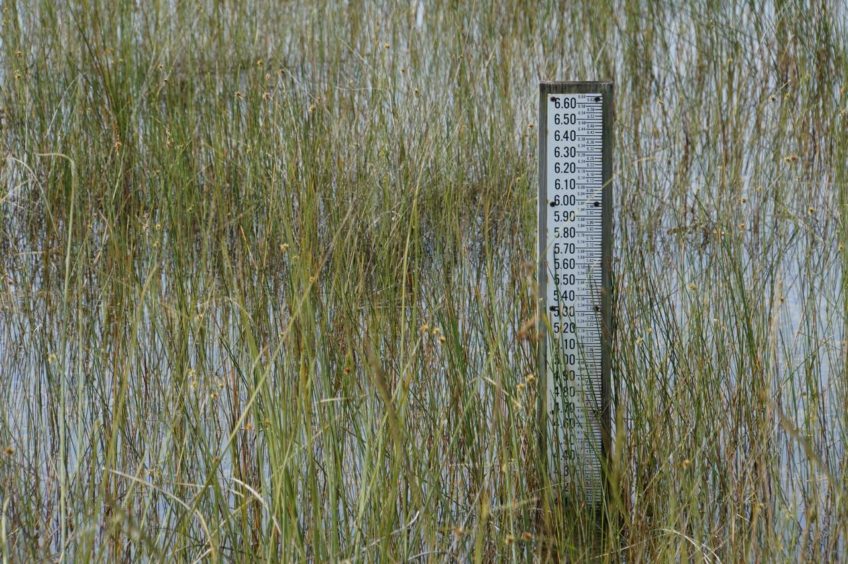

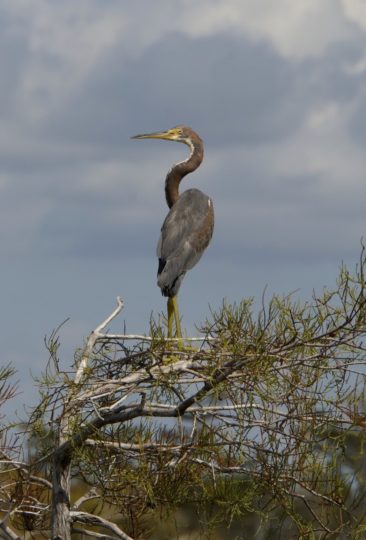
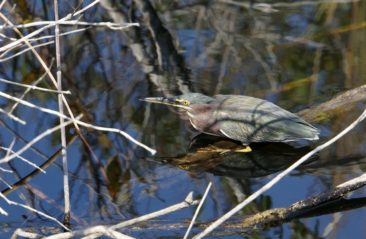
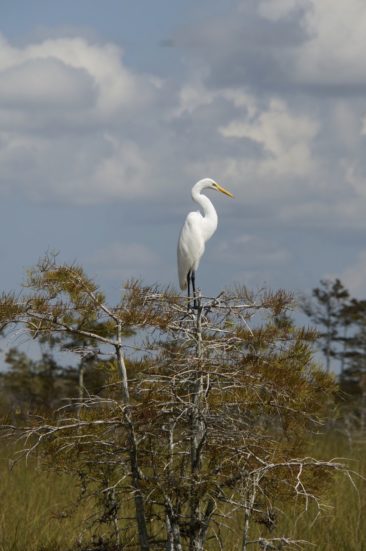
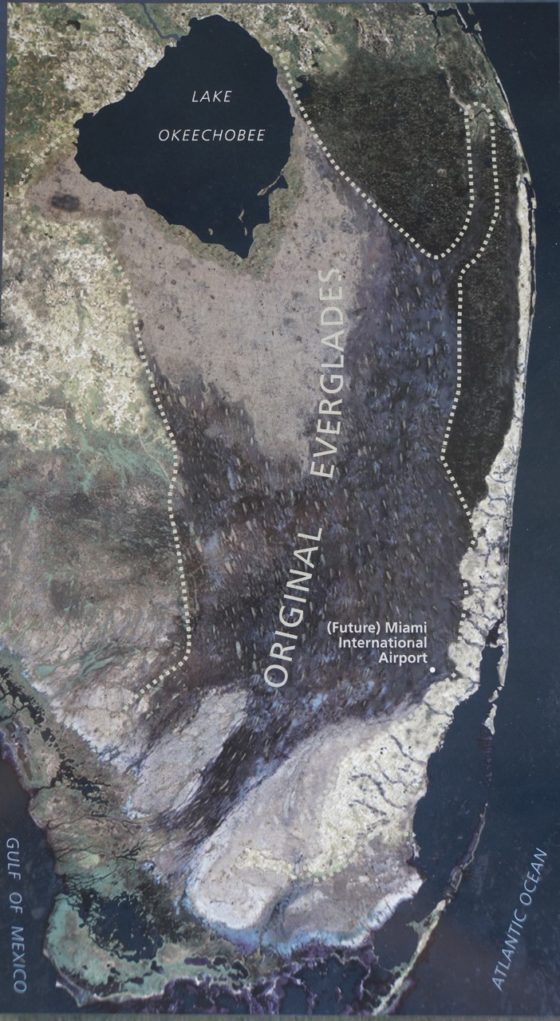
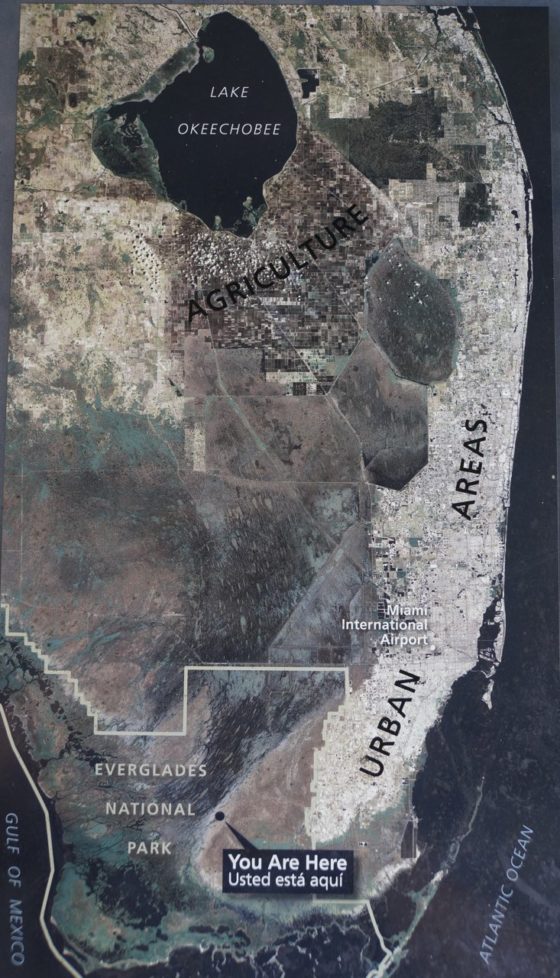
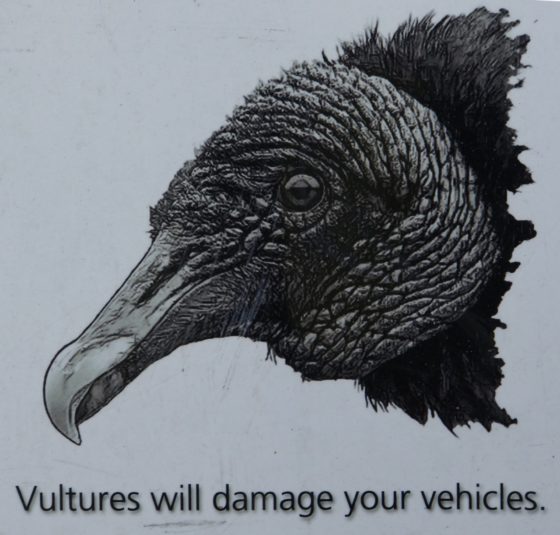
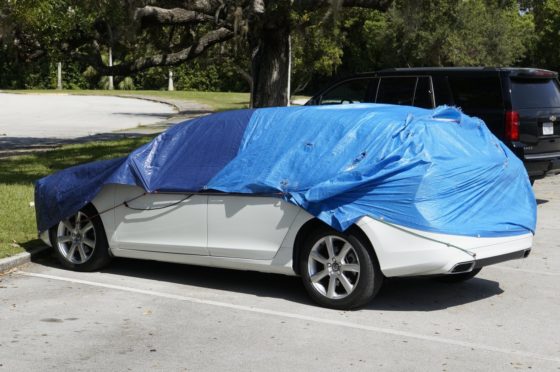

One Response
Jean Cronon
The Everglades have deteriorated badly since we were there many years ago. It is working up to be a “place of the past” . People, Global Warming, and too many people takes its toll. I enjoyed your explanation of the situation as you saw it.